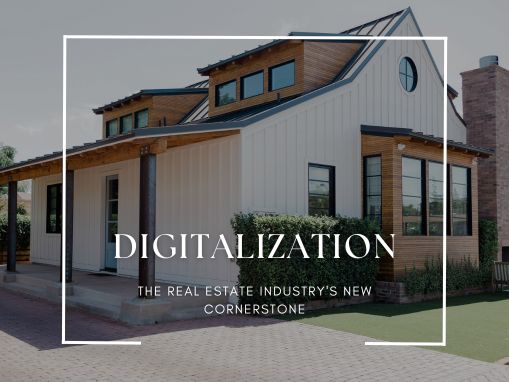October 11, 2022

Introduction:
Design is an important part of any user experience. A well-designed product or website can be more user-friendly, engaging, and persuasive. In this blog post, we will share our top design advices for creating a better user experience.
Key Suggestions Advices
1. Know your users:
The first step to creating a good user experience is to understand your users. Who are they? What are their needs and goals? What are their pain points? Once you understand your users, you can start to design a product or website that meets their needs.
2. Keep it simple:
The best designs are often the simplest ones. When you’re designing a product or website, resist the urge to add too much complexity. Keep the design clean and easy to understand.
3. Use whitespace effectively:
Whitespace is often overlooked, but it can be a powerful tool for improving the user experience. Whitespace can help to create a sense of order and hierarchy, and it can also help to focus the user’s attention on the most important elements of the design.
4. Use typography wisely:
The choice of typography can have a big impact on the user experience. Use fonts that are easy to read and that match the tone of your product or website.
5. Use color effectively:
Color can be used to create a mood or atmosphere, and it can also be used to guide the user’s attention. Use colors that are appropriate for your product or website, and use them in a way that is visually appealing and easy to understand.
6. Use images and videos effectively:
Images and videos can be a great way to break up text, add visual interest, and explain complex concepts. Use images and videos that are relevant to your content, and use them in a way that is visually appealing and easy to understand.
7. Test your designs with users:
The best way to know if your design is effective is to test it with users. Get feedback from real people, and use their feedback to improve your design.
Conclusion:
These are just a few of our top design advices for creating a better user experience. By following these tips, you can create products and websites that are visually appealing, easy to use, and engaging.
The first step to creating a good user experience is to understand your users. Who are they? What are their needs and goals? What are their pain points? Once you understand your users, you can start to design a product or website that meets their needs.
2. Keep it simple:
The best designs are often the simplest ones. When you’re designing a product or website, resist the urge to add too much complexity. Keep the design clean and easy to understand.
3. Use whitespace effectively:
Whitespace is often overlooked, but it can be a powerful tool for improving the user experience. Whitespace can help to create a sense of order and hierarchy, and it can also help to focus the user’s attention on the most important elements of the design.
4. Use typography wisely:
The choice of typography can have a big impact on the user experience. Use fonts that are easy to read and that match the tone of your product or website.
5. Use color effectively:
Color can be used to create a mood or atmosphere, and it can also be used to guide the user’s attention. Use colors that are appropriate for your product or website, and use them in a way that is visually appealing and easy to understand.
6. Use images and videos effectively:
Images and videos can be a great way to break up text, add visual interest, and explain complex concepts. Use images and videos that are relevant to your content, and use them in a way that is visually appealing and easy to understand.
7. Test your designs with users:
The best way to know if your design is effective is to test it with users. Get feedback from real people, and use their feedback to improve your design.
Conclusion:
These are just a few of our top design advices for creating a better user experience. By following these tips, you can create products and websites that are visually appealing, easy to use, and engaging.



